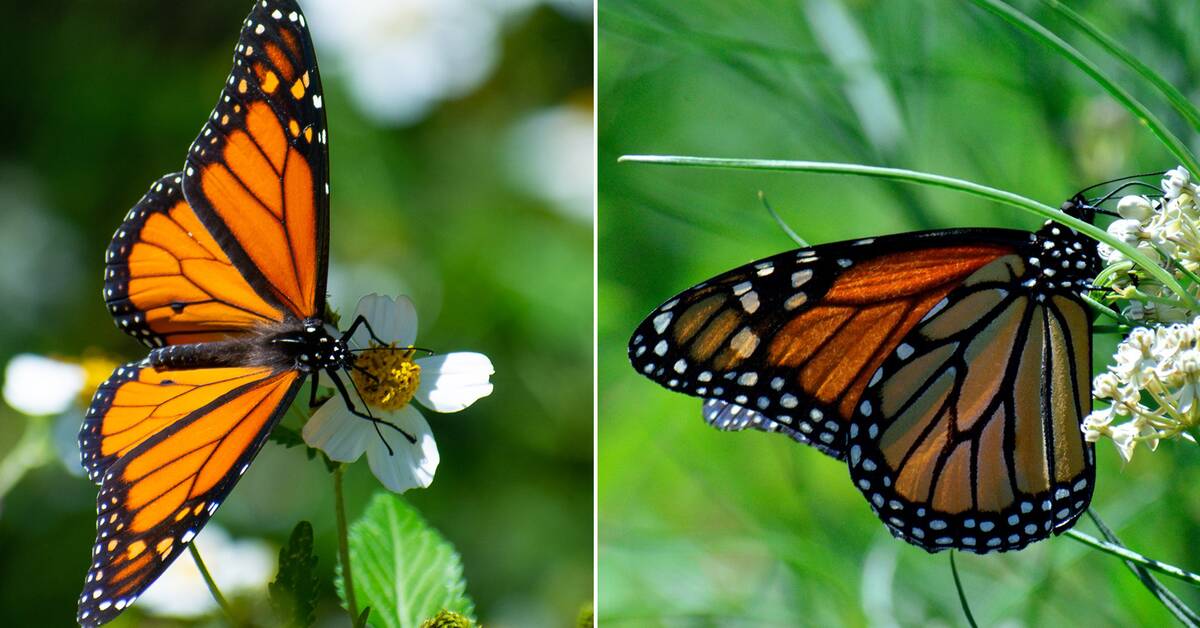The orange-black-white floating monarch butterfly is a subspecies of the monarch butterfly and is perhaps best known for its long annual migration.
Every fall, butterflies fly thousands of miles from nesting sites in the eastern United States and Canada to Mexico and California.
The butterfly has now been red-listed by the International Union for Conservation of Nature (IUCN).
According to the IUCN, all species of fish sturgeon that are found throughout the northern hemisphere are also at risk of extinction globally.
IUCN Director General Bruno Oberle believes that the updated red list points to how sensitive nature is, and takes the monarch butterfly's long migration as an example.
"In order to preserve the rich diversity of nature, we need efficient, fairly managed protected and preserved areas, together with decisive measures to tackle climate change and restore ecosystems," he said in a press release.
Droughts and forest fires pose a threat
The monarch butterfly has been negatively affected by, among other things, climate change, and drought and forest fires have, according to the IUCN, led to the deaths of millions of butterflies.
As for the sturgeon, the Beluga sturgeon is threatened with extinction due to continued overfishing and dam construction that affects the fish's spawning.
The species has been overfished for centuries for its meat and caviar, and the sturgeon has long been formally extinct from the Baltic Sea due to overfishing.
The IUCN Red List now includes 147,517 species, of which 41,459 are endangered.
The list update contains some bright spots.
Among other things, the number of tigers in the world, despite poaching and a negative impact on the species' habitats, has increased.
According to the IUCN, there are currently between about 3,700 and just under 5,600 wild tigers in the world.
There are more than previously thought and the number of tigers now seems to be stable or increasing, but the species is still classified as endangered.

